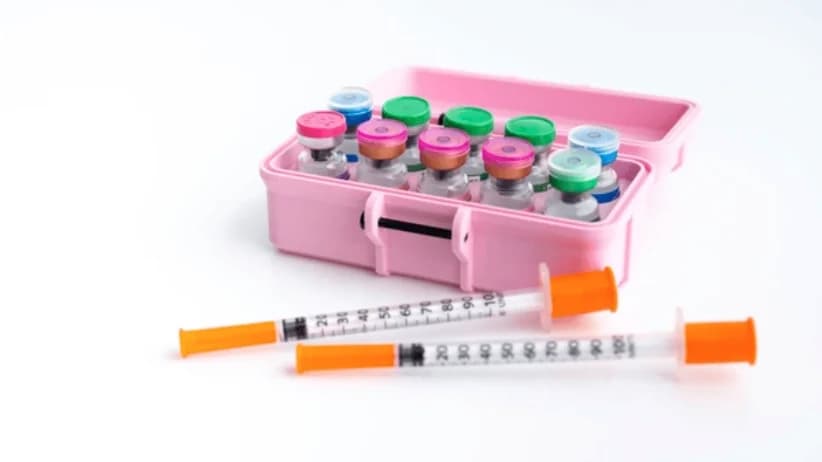Peptide Dilution Mistakes to Avoid (and How to Fix Them)

Diluting research peptides demands precision. Small deviations in volume or concentration quickly translate into major dosing errors. Recognizing common pitfalls - and pairing your workflow with automated tools - keeps each batch within spec and defensible under sterile compounding standards.
Start with a Calculator Safety Check
Before drawing the first mL, run your target concentration through the Peptide Calculator. The app verifies unit conversions, factors in syringe size, and displays the exact insulin units to pull for each projected dose. Logging values in the companion iOS app keeps an auditable record of every dilution.
Core Mistakes (and How to Prevent Them)
- Skipping Dilution Math Checks: Relying solely on mental math or pen-and-paper conversions increases the risk of decimal placement errors. Double-check volume draws using an automated calculator before compounding.
- Mixing Inconsistent Concentrations: Combining aliquots prepared at different concentrations without recalculating total potency leads to unpredictable dosing and wasted material.
- Ignoring Dead Space in Syringes: Not accounting for hub dead space or needle retention can reduce delivered dose, especially with micro-volume peptides.
- Reusing Syringes Between Vials: Cross-contamination introduces endotoxin risk and degrades peptide stability. Single-use syringes maintain sterility and dosing accuracy.
Why Technique Matters
Sterile technique directly impacts potency and patient safety. USP <797> outlines garbing, airflow, and labeling requirements that prevent contamination during dilution.1 The FDA’s aseptic processing guidance reinforces routine environmental monitoring and filter integrity tests for reproducible batches.2
Document Every Adjustment
Maintain detailed logs each time you deviate from the original dilution (e.g., adding more diluent, combining residual volumes, or switching syringe types). Pair your entries with screenshots from the Peptide Calculator so auditors can trace dose math back to source data.
References
- USP <797>, 2023: United States Pharmacopeia. USP <797> Pharmaceutical Compounding - Sterile Preparations. United States Pharmacopeial Convention, 2023. Source
- FDA, 2004: U.S. Food & Drug Administration. "Sterile Drug Products Produced by Aseptic Processing - Current Good Manufacturing Practice." Guidance for Industry, 2004. Source
- ISMP, 2016: Institute for Safe Medication Practices. "ISMP Guidelines for Safe Preparation of Sterile Compounds." 2016. Source